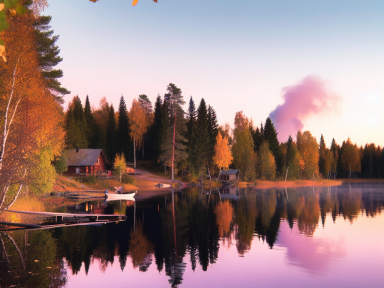Greenhouses, as we know them today, have their origins in the distant past, where ancient civilizations employed ingenious methods to protect their plants from harsh weather conditions. Many of these time-tested techniques are still relevant and effective today. By incorporating some of these ancient practices, you can create a robust and sustainable greenhouse environment.
Roman Glasshouses
The Romans were pioneers in greenhouse technology. They used a rudimentary form of greenhouse called specularia, made of transparent stone or sheets of mica. This innovation allowed them to grow crops like cucumbers year-round.
- Transparent Coverings: While mica might be hard to come by today, modern gardeners can use clear plastic or glass panels to mimic this effect. Make sure your panels are tightly sealed to retain heat.
- Low-Rise Structures: Roman greenhouses were often low to the ground, which helped to retain heat more efficiently. Consider building your greenhouse with a low-rise design to maximize warmth during cooler months.
Chinese Hotbeds
Dating back to the Han Dynasty, the Chinese developed sophisticated hotbed techniques to grow vegetables in cold climates.
- Manure Pits: One ancient Chinese method involved digging a pit and filling it with fresh manure, which generates heat as it decomposes. Place a layer of soil on top and plant your seeds. The heat from the manure will keep the soil warm.
- Double-Layered Structures: The Chinese would also use double-layered mats made of straw to cover their hotbeds, providing an extra layer of insulation. Today, you can achieve a similar effect using modern insulating materials or double-layered polyethylene film.
Persian Gardens and Qanats
The arid climate of ancient Persia presented unique challenges that led to the development of inventive irrigation systems known as qanats. These were underground channels that brought water from higher elevations to the plains, providing a consistent water supply to gardens.
- Subsurface Irrigation: To replicate this, lay perforated pipes or drip irrigation lines just beneath the soil surface in your greenhouse. This method reduces water loss due to evaporation and ensures that plants receive adequate moisture.
- Affected Microclimates: Persian gardens also utilized walls to create microclimates that protected plants from wind and extreme temperatures. Incorporate walls or hedges around or within your greenhouse to create microclimates and shield plants from harsh elements.
Medieval Cloisters
Medieval monasteries across Europe had cloister gardens that were protected from wind and captured sunlight through their enclosed design.
- Enclosed Spaces: Recreate this by ensuring your greenhouse is well-enclosed on all sides. Utilize walls, fences, or hedges to cut down on wind exposure and help retain heat.
- Strategic Planting: Monks often planted taller plants on the outer edges and shorter, more delicate plants in the center. This not only optimizes sunlight exposure but also offers wind protection.
Practical Tips for Modern Gardeners
- Heat Retention: Incorporate heat-storing materials like brick, stone, or large water containers inside your greenhouse. These materials absorb heat during the day and release it slowly at night.</ li>
- Cultivating Soil: Before planting, incorporate organic material and compost into your soil to improve its fertility and water-retention capacity, much like ancient gardeners did.
- Season Extension: Utilize row covers, cold frames, or even earthen mounds to extend your growing season. These methods can protect young plants from unexpected frosts.
By borrowing these ancient greenhouse methods, you can not only enhance the sustainability of your modern garden but also ensure a bountiful harvest year-round. As you implement these time-tested practices, you’ll find that the wisdom of the ancients still holds great value in our present-day gardening adventures.




GIPHY App Key not set. Please check settings